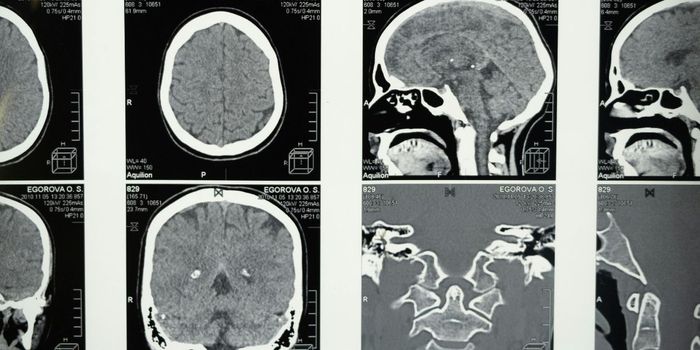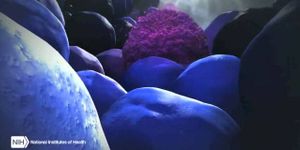Neuroscience
Facial Response Characteristics Are Correlated to More Complex Emotions
APR 09, 2014 12:00 AM PDT
Share
Wake Up And Smell The Roses
 According to new research, our noses can detect at least 1 trillion smells-a hundred million times more than the most widely reported previous estimate of 10,000.
According to new research, our noses can detect at least 1 trillion smells-a hundred million times more than the most widely reported previous estimate of 10,000.A lot is known about our visual and auditory systems, but this experiment was the first to test the limits of the human olfactory system. Even compared to our other senses our noses are exceptional. For comparison, our eyes can see a few million different colors, and we can hear about 340,000 tones.
"Ten thousand is kind of pathetic - it's a pretty low number," said study author and molecular neurobiologist Leslie Vosshall of the Rockefeller University. "It led to the idea that humans have a comparatively low sense of smell."
The procedure used in the research was a similar to an auditory exam, in which listeners must distinguish between two often closely related tones, Vosshall and her colleagues put 26 noses to the test where each subject was given three vials two of which contained the same scent. They were then asked to determine which smell was the different one.
The researchers used a palette of 128 different odor molecules - the simplest building blocks of smells - to create new composite scents. Some of the smells we know best are mosaics made up of hundreds of different odor molecules. For example, the scent of a rose is produced by 275 components working in harmony, and a cup of coffee can contain 400 to 500 - although many are too faint to be detected.
The lab-made composite odors were made up of 10, 20 or 30 elementary components, such as grapefruit, wintergreen, garbage and garlic that spanned a wide spectrum of smells. To test olfactory resolution, the team varied the percentage of overlapping components to see how similar two mixtures had to be before subjects could no longer tell the difference.
Predictably, the more building blocks that the scents had in common, the harder it was for the subjects to tell the vials apart. None of the individuals could tell the difference between vials that contained 90 percent of the same components. But surprisingly, the researchers found that the average person can pick out an oddball odor when the overlap is less than about half. After extrapolating to all possible mixtures that could be made, they came up with 1 trillion distinguishable smells.
The researchers assumed that the subjects' performances would be similar in recognizing all possible smells able to be made in the lab. Based on the results of hundreds of tests, they extrapolated that the average human should be able to distinguish at least 1 trillion odors. The study was published online in the journal Science.
According to olfactory expert Avery Gilbert, who was not involved in the new study, the 10,000-smell estimate stems from a 1927 manuscript by two American chemists. They came up with an odor classification system based on four primary smells - fragrant, acid, burnt and caprylic (goat-smelling) - and suggested that any scent could be formed from those building blocks. Using a nine-point scale for each primary smell, they came up with a total of 6,561 possible different smells. Later, that number was rounded up to 10,000.
"As a number, it says more about bean counting than about the biology of olfaction," Gilbert said in an e-mail. By contrast, he believes the more spectacular 1 trillion smells number makes more sense.
Another olfactory expert who was not involved in the experiment, scientist Joel Mainland of the Monell Chemical Senses Center said he is certain this number is only skimming the surface of what our noses can do.
"This is really a lower limit on what you could smell," Mainland said. "It's much, much higher than anybody ever thought."
He notes that in this experiment, the researchers used a maximum of 30 building-block smells. In reality, odors can be made up of hundreds of smells. Also, all the components were set to the same intensity. As we have all experienced, some components of a scent will hit the nose more strongly than others.
"Their work confirms that smell is an incredibly rich, variable, and nuanced medium," Gilbert said. "It's why you can dive so deeply into the aroma of a wine when there are only a few ounces in the glass."
You May Also Like
Loading Comments...








